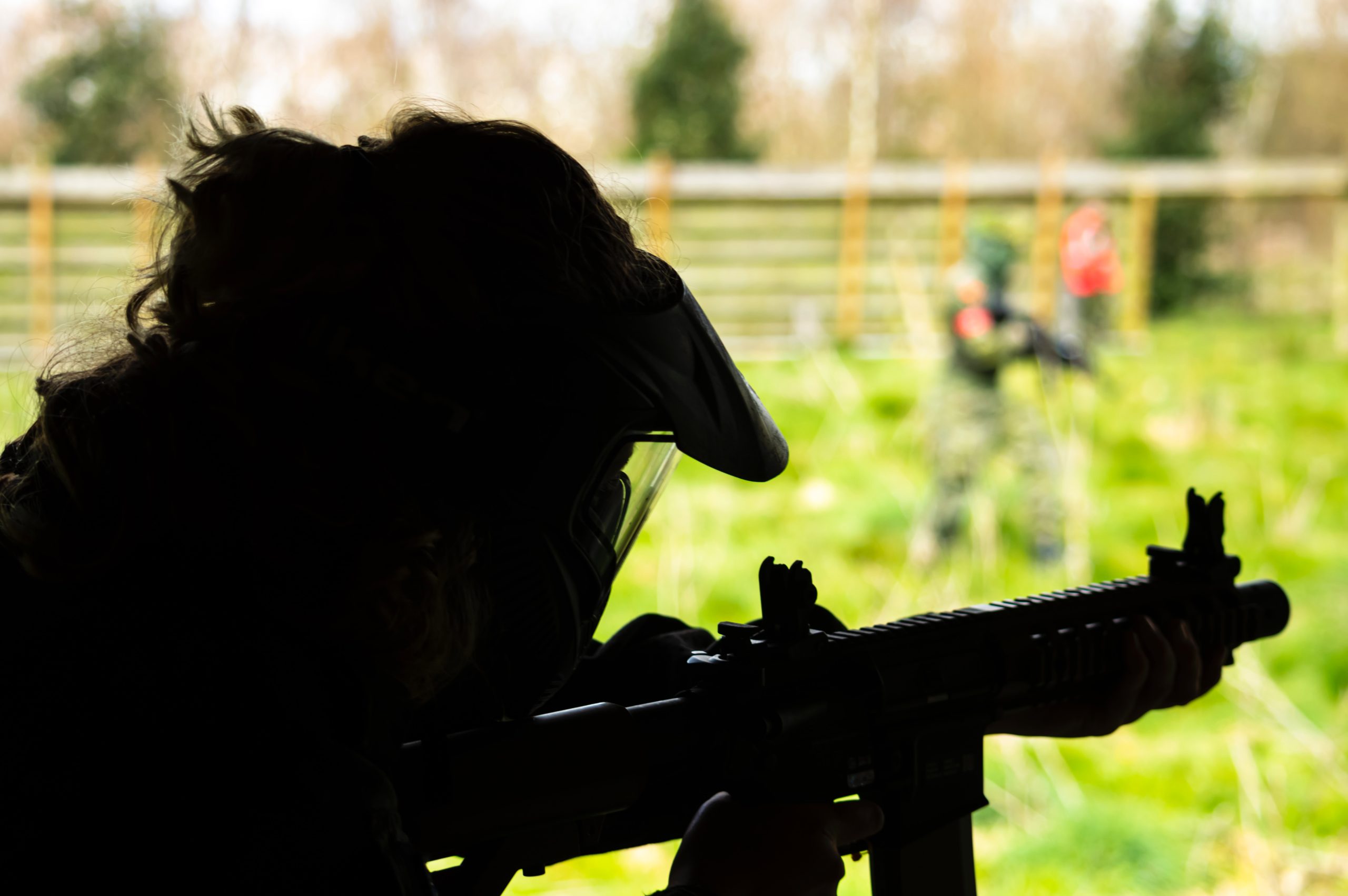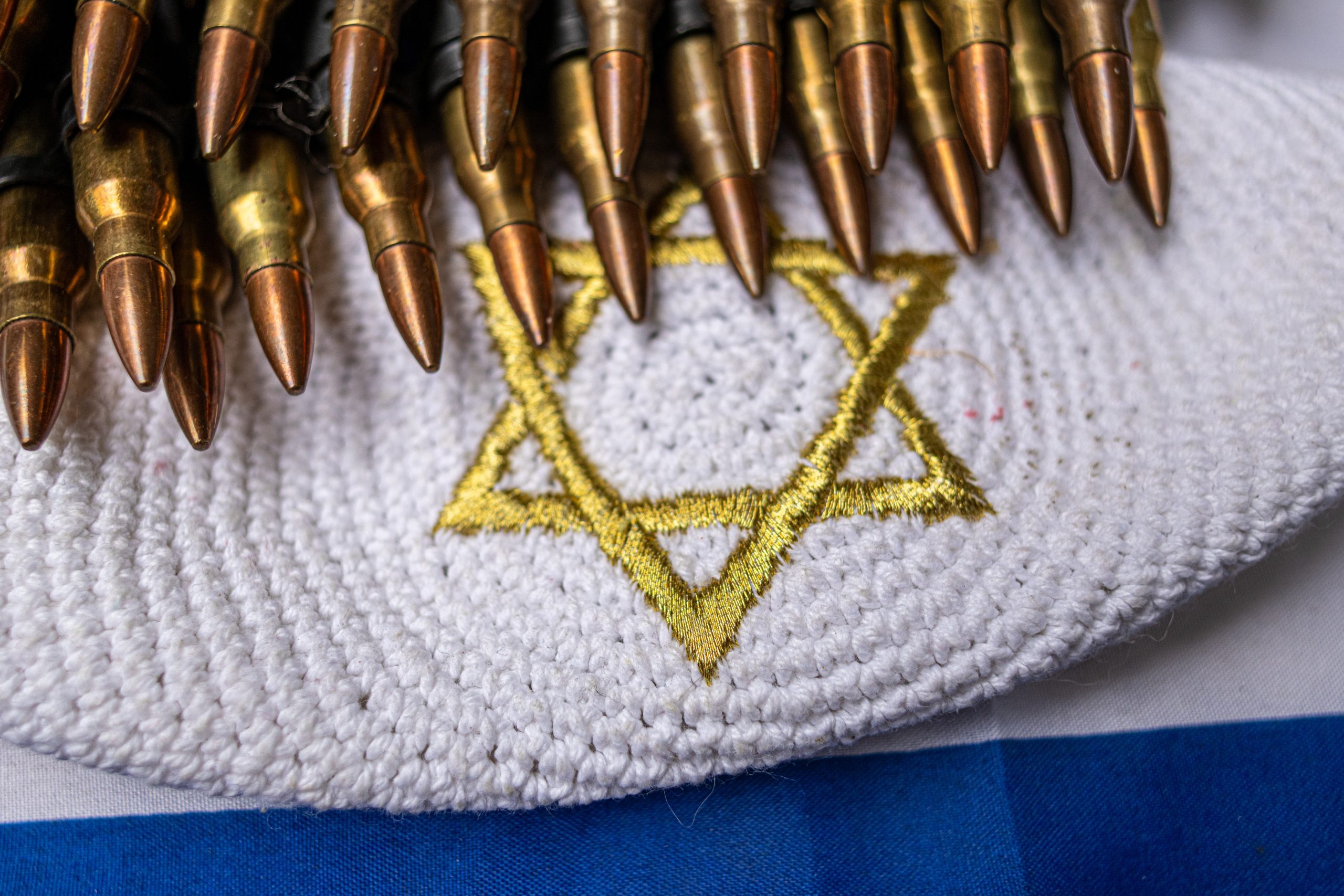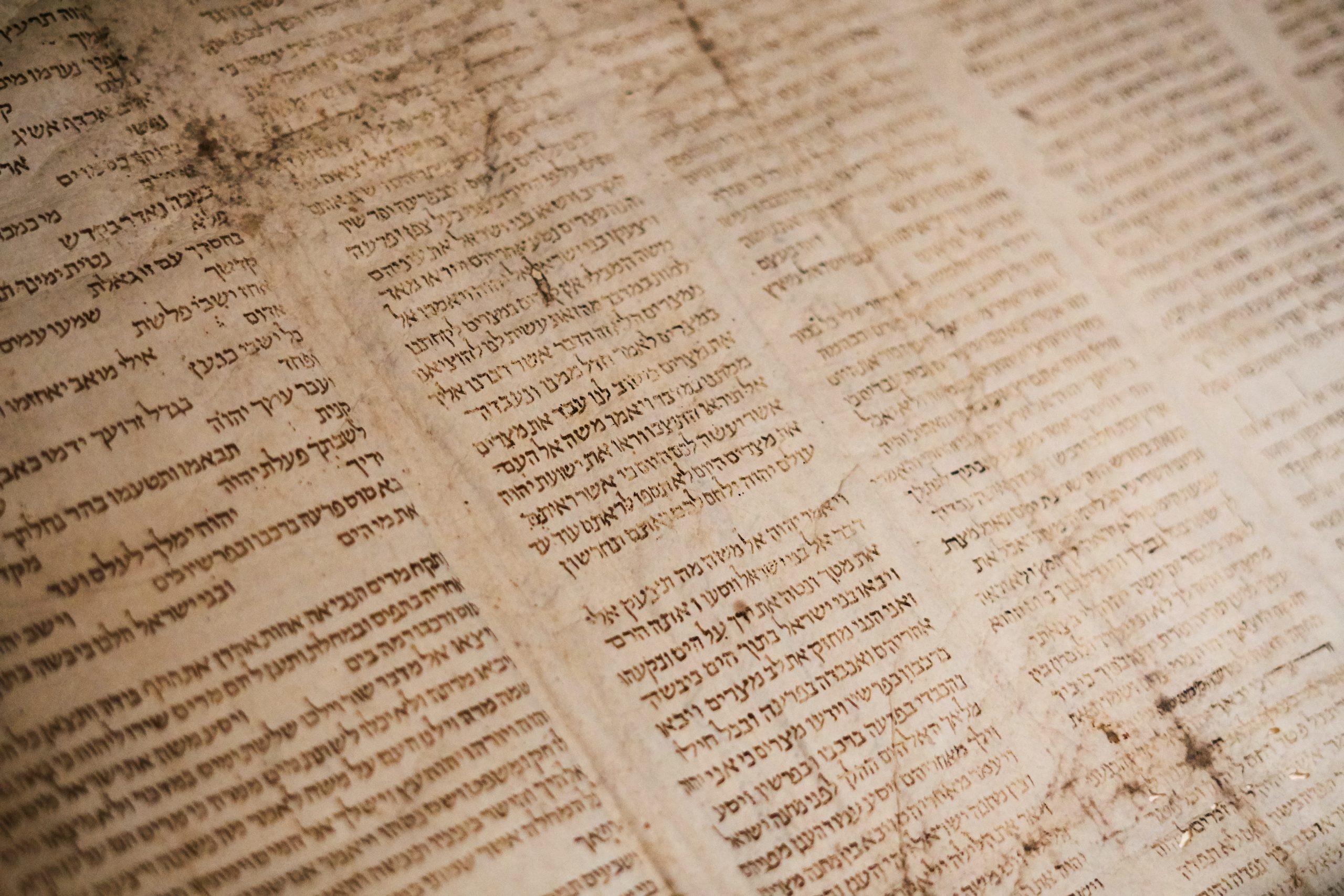An Israeli flag is planted amid a central square in the ruins of Gaza City. Courtesy of X
Some Israeli soldiers in Gaza seem to be eating well. As they push farther into the coastal enclave, soldiers have been seen entering the abandoned homes of Palestinians forced to flee south, finding spices, lentils and olives to make bruschetta and curries.
The Hebrew edition of Haaretz published a photo spread Tuesday of images that two 37-year-old reservists, Nadav and Elam, took showing what they ate while serving in Gaza. The men said that they had “mixed feelings” about using the Palestinian residents’ kitchen supplies, but explained that they found that having homemade food instead of relying on IDF rations raised morale. They spend much of the interview detailing the dishes they made, and their popularity among the troops — with other battalions having come to join their meals and build camaraderie.
It has long been common practice for IDF soldiers to use Palestinians’ homes as bases during military actions, sometimes with the residents still present. But when the article caught the attention of the English-language internet, the soldiers’ meals were not seen in the same wholesome light Nadav and Elam used to describe their cooking.
“As Israel starves Gaza’s 2.3 million people, Haaretz runs a lifestyle piece about occupation soldiers cooking in the kitchens Palestinians have been forced from, wondering at their spice collections and savoring their olives, before demolishing their homes,” reads one representative tweet. “This is sickening.” (The Hebrew language responses to the article were similarly critical. “How do you manage to swallow?” reads one. “I hate ‘moral soldiers’ like these ones,” says another.)
It’s not the only example of triumphant images published by soldiers — often on TikTok and Instagram — being received with less than congratulatory tones.
Khan Younis |
Israeli military raising the Israeli flag inside the elementary school of the town of Abassan today. The soldiers have systematically used these schools as military bases in their operations in Gaza pic.twitter.com/xs8Zqd5C3s
— Younis Short | Younis (@ytirawi) January 15,
In one viral clip, a soldier goes through the drawers of a house in Gaza, showing the camera the findings: fancy watches and handbags. In another, the man behind the camera sings, “This house is on fire,” to the tune of Alicia Keys’ “The Girl is on Fire” while filming a house in Gaza burning to the ground. In numerous videos of buildings being destroyed by the IDF in Gaza, soldiers can be heard commenting, “How beautiful, oh my God,” in Hebrew and yelling exuberantly as the building explodes, sometimes with background music meant to hype up the viewer.
Perhaps most (in)famously, there was the photo, posted one month into the war by Israel’s official social media accountsof a soldier holding a rainbow pride flag in Gaza. “The first ever pride flag raised in Gaza,” said the accompanying post. “Yoav Atzmoni, who is a member of the LGBTQ+ community, wanted to send a message of hope to the people of Gaza living under Hamas brutality.”
The first ever pride flag raised in Gaza 🏳️🌈
Yoav Atzmoni who is a member of the LGBTQ+ community wanted to send a message of hope to the people of Gaza living under Hamas brutality.
His intention was to raise the first pride flag in Gaza as a call for peace and freedom.
📸… pic.twitter.com/0l0QAO35Jv
— Israel Israel 🇮🇱 (@Israel) November 13, 2023
This photo was roundly denouncedeven by some Israelis, as a transparent attempt at propaganda, and to portray Israel’s war as a liberal cause amid heavy criticism from the left.
Many of these photos and video clips posted by soldiers, including numerous examples of soldiers proudly planting an Israeli flag amid rubble in Gazahave gone viral not among those supporting Israel in the war, but in accounts promoting the Palestinian cause. They are cited as proof of Israel’s brutality, or that it plans to to reoccupy Gaza, despite denials from government officials.
The disconnect stems perhaps from the fact that, in Hebrew-language news within Israel, the war is receiving very different coverage. The inescapable images splashed across international news networks and social media of starving children and rubble in Gaza are not commonly shown on Israeli television or newspapers. (There are also several Hebrew-language Telegram groups, including some run by the IDFwhere photos of injured Palestinians are shared with captions celebrating their deaths. “Exterminating the roaches,” reads one post.)
Israelis “don’t see the pictures from Gaza that most of the world is seeing,” Raviv Drucker, a journalist for Israel’s Channel 13 television, told The Guardian. “We are showing much less than the level of suffering that happens.”
And the rhetoric promoted in Israeli news is far more violent than that which makes it into English; within the first month of the war, private media analysis firm Ifat Media Research reported 137 incidents of direct incitement of violence toward Arabs across Israel’s main television and radio networks. “We go into Gaza with the goal of revenge,” said Eliyahu Yossiana researcher at the Misgav Institute for National Security on Israel’s Channel 12. “There need to be maximum bodies.”
Drucker opined in The Guardian that Israeli journalists see their job as helping to win the war — but that also serves to disconnect them from an international community upon whose support Israel depends.
Israelis are, of course, aware of the death tolls in Gaza; given the international condemnation of the war, including a charge of genocide in the Hague, it’s hard to ignore.
But the proverb that a picture is worth a thousand words is relevant. Without seeing the destruction, or the wounded and starving people, it’s easier to relegate the information to mere statistics, divorced from emotional impact. And to focus, instead, on other photos — those of a pot of coconut curry in a Gazan kitchen, enjoyed by a group of smiling soldiers.










